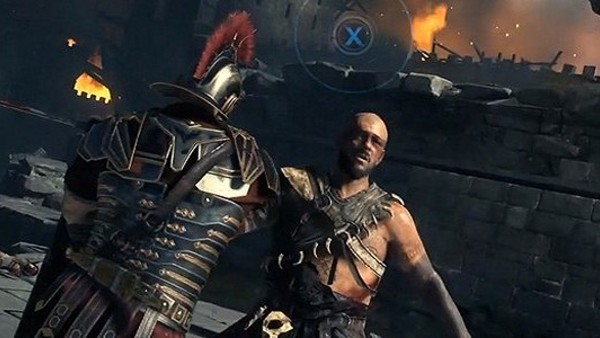10 Video Games That Jumped To Other Systems During Development
Set to come out for one system, but ended up being bumped to another.

Video game development is a tricky business. With hundreds of coders, designers and artists working in unison to bring their creative vision to the masses, they're certainly far more complicated than books and even movies to some extent.
This means that upcoming titles are subject to a ton of changes, be it design, release date or format. Game developers can turn every which way in their efforts to make the best title possible and this comes down to making some difficult decisions. One of these is moving a game to a different system.
Depending on the time to cook, many releases have found themselves shifting away from a system the developer is familiar with. In other cases, a decision is abruptly made to go to a competing console instead. Then you have titles that spent years in development hell, leaping across multiple console generations as they attempt to stay relevant.
Not all of the following games turned out too well, but in this list, it's all about the reasoning behind the move. They all jumped to different game consoles before launch, but did the risk pay off?
10. Ryse: Son of Rome

In the PS3 and 360 generation, Crytek was known mainly for the Crysis trilogy, a set of first-person-shooters that matched bleeding edge technology with a super-powered nanosuit. At the turn of the 2010s however, they started to branch out into other projects.
One of these was Ryse, which started out as Kinect title for the Xbox 360, then morphed into a traditional, action-focused launch title for the Xbox One. It turns out the original vision had been in the works since 2006. Once Microsoft released the Kinect, the game aimed to be one of the few hardcore entries for the periperhal, putting players in a bloody first person showdown through ancient history.
However, after three separate prototypes were put together with little confidence in the vision, Crytek chose to move away from the motion-centric approach and convert the game into a hack-and-slash title instead. The final product would arrive in November 2013 as an Xbox One launch title.
Despite the changes made however, Crytek's side project was met with mixed reviews for its shallow gameplay and over-reliance on quick-time-events. It appeared more like a tech demo for new hardware rather than a full game. Would the game have turned out better if they stuck with the Kinect? We'll never really know.